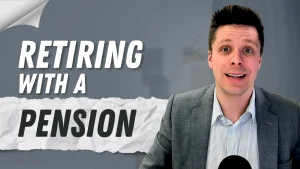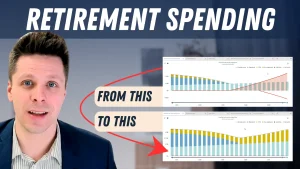[vc_row css=”.vc_custom_1612380408194{padding-top: 20px !important;padding-bottom: 20px !important;}”][vc_column][vc_video link=”https://youtu.be/xdazbDGgZlA” css=”.vc_custom_1695256372526{padding-top: 20px !important;padding-bottom: 20px !important;}”][vc_column_text css=”.vc_custom_1695256382030{padding-top: 20px !important;padding-bottom: 20px !important;}”]Many Canadians enter retirement without a serious plan to withdraw their RRSP’s tax efficiently, causing them to pay more tax than they need to. Here are a couple of examples of RRSP Withdrawals Done Wrong![/vc_column_text][/vc_column][/vc_row]





